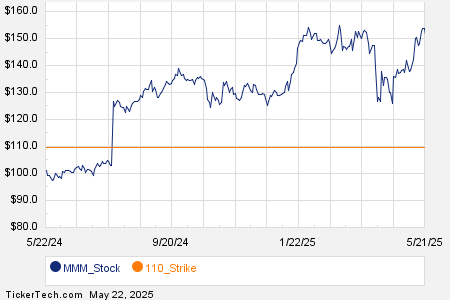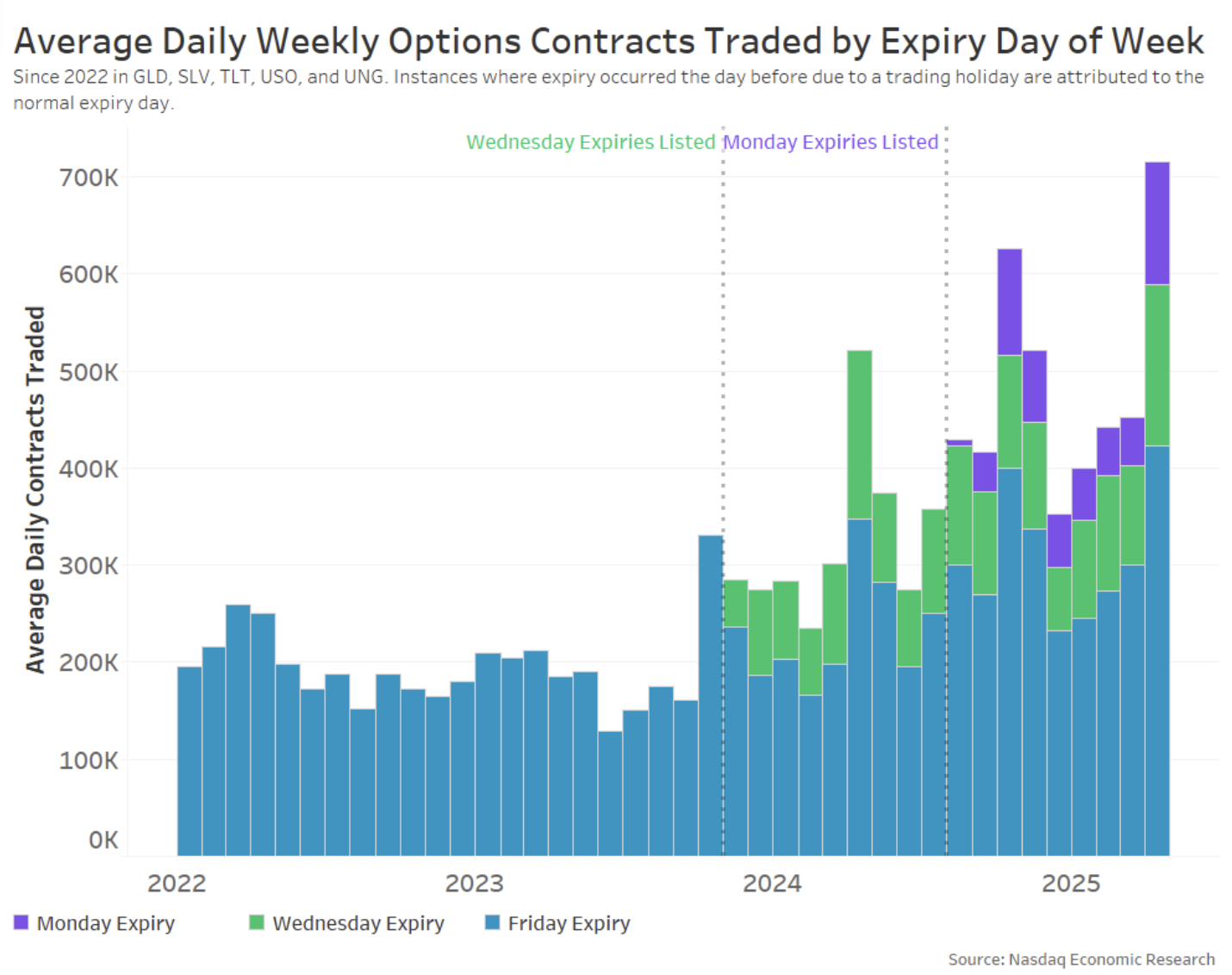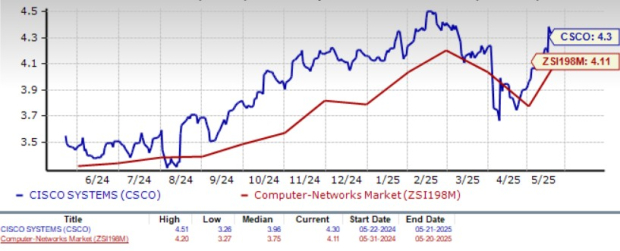Dollar Rises Amid Economic Indicators, Faces Budget Concerns
The dollar index (DXY00) increased by +0.34% today, driven by signs of economic strength. Weekly jobless claims fell to a one-month low, while the May S&P manufacturing PMI unexpectedly rose. These developments suggest potentially hawkish signals for Federal Reserve policy.
House Passes Tax and Spending Plan
Despite the dollar’s gains, its rise is limited by the House of Representatives’ approval of President Trump’s tax and spending package. This legislation is expected to worsen the already significant U.S. budget deficit. The bill now moves to the Senate, where modifications are likely.
Moody’s Downgrade Impacts Dollar Outlook
Last Friday, the dollar faced negative pressure after Moody’s downgraded the U.S. government’s credit rating from Aaa to Aa1. This downgrade raises concerns about the increasing budget deficit and could lead some investors to decrease their dollar holdings.
Fed Signals Potential Rate Cuts
Dovish comments from Fed Governor Christopher Waller also put downward pressure on the dollar. He mentioned that if tariffs stabilize around 10% in the second half of the year, the Fed could consider rate cuts.
Jobless Claims and Manufacturing PMI Show Resilience
In positive labor market news, initial unemployment claims unexpectedly decreased by 2,000 to a one-month low of 227,000, contrary to expectations of an increase to 230,000. Furthermore, the May S&P manufacturing PMI rose by +1.9 to 52.3, exceeding expectations of a decline.
Home Sales and Market Expectations
Conversely, April existing home sales fell by -0.5% month-over-month, reaching a seven-month low of 4.00 million, which disappoints forecasts for a rise to 4.10 million. The market currently assesses a 5% chance for a -25 basis point rate cut during the upcoming FOMC meeting.
Euro Shows Weakness Against Dollar
EUR/USD (^EURUSD) declined by -0.34% today, with the dollar’s strength weighing on the euro. The euro also dropped following a dovish summary from the ECB’s April meeting, where policymakers indicated a bias toward further monetary easing. A bearish monthly report from the Bundesbank added to the euro’s challenges, suggesting that German economic output might stagnate in Q2.
Mixed Economic Indicators in the Eurozone
In May, the Eurozone S&P manufacturing PMI rose by +0.4 to 49.4, surpassing expectations of 49.2. However, the S&P composite PMI unexpectedly fell by -0.9 to a six-month low of 49.5. The German IFO business climate index increased by +0.6 to reach an 11-month high of 87.5, beating forecasts of 87.3.
Bank of Japan’s Influence on Yen
USD/JPY (^USDJPY) slightly decreased by -0.06%. The yen is experiencing a two-week high against the dollar, bolstered by strong Japanese economic data, including a surprising +13.0% rise in March core machine orders—the largest increase in 17 years. Support for the yen also came from the May Jibun Bank manufacturing PMI, which saw a marginal increase.
Precious Metals Decline
June gold (GCM25) dropped by -21.60 (-0.65%), and July silver (SIN25) fell by -0.586 (-1.74%). Precious metals lost earlier gains, influenced by a stronger dollar and a rebound in stock markets, which reduced safe-haven demand. Gold prices were further impacted by fund liquidations, as long positions in ETFs reached a 1-3/4 month low.
Market Sentiment on Precious Metals
Initially, precious metals benefited from concerns about rising U.S. deficits following the House’s passage of the tax and spending legislation. Waller’s dovish comments lent further support when he highlighted a potential for rate cuts depending on tariff rates. Ongoing geopolitical risks in the Middle East continue to enhance demand for precious metals as a safe haven.
On the date of publication, Rich Asplund did not have (either directly or indirectly) positions in any of the securities mentioned in this article. All information and data in this article is solely for informational purposes. For more information please view the Barchart Disclosure Policy.
The views and opinions expressed herein are the views and opinions of the author and do not necessarily reflect those of Nasdaq, Inc.



